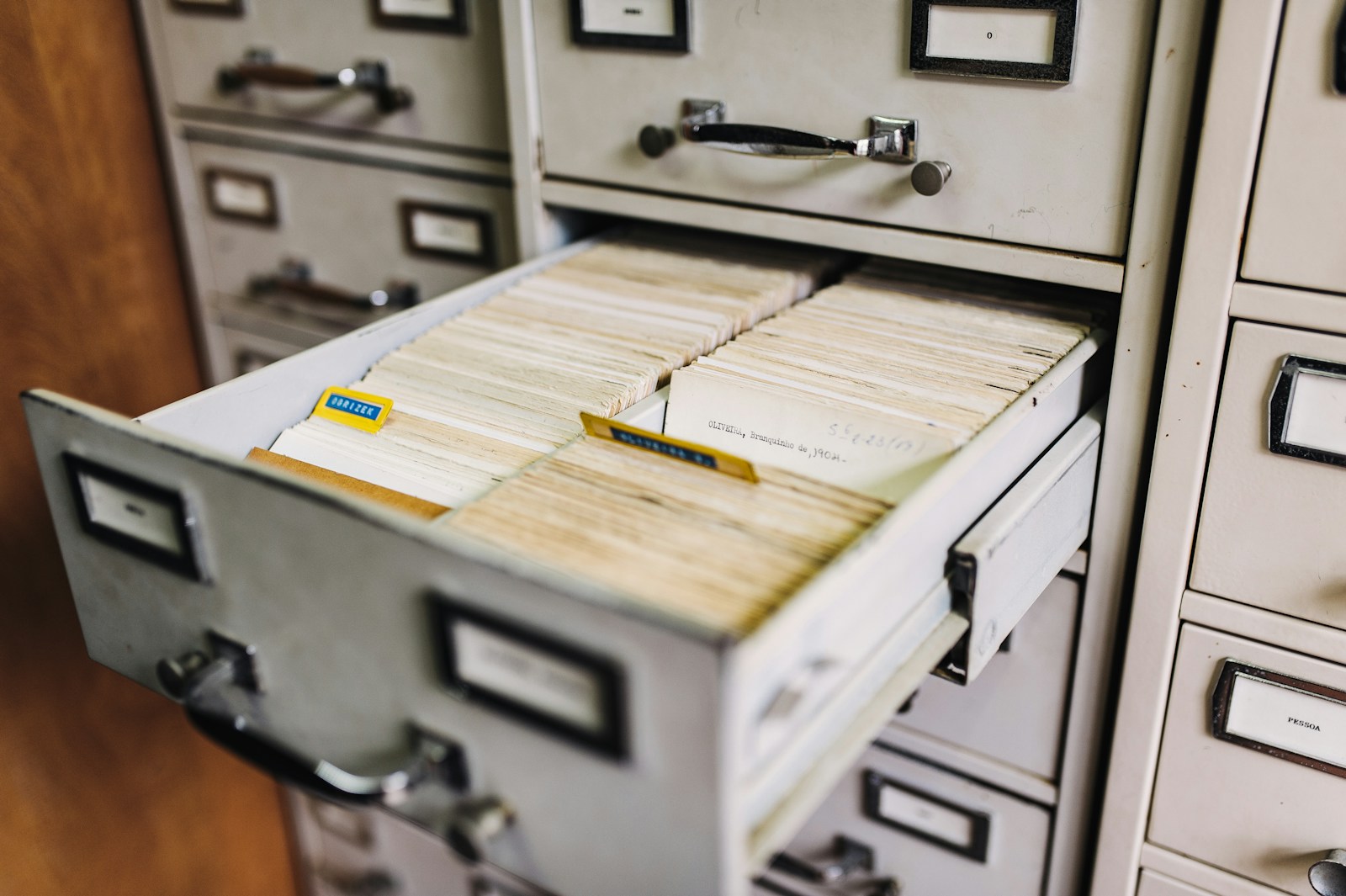The importance of workplace training isn’t always recognised, particularly if employees have been doing the same job for many years.
Workplace training is absolutely necessary to achieve a safe working environment. It’s not only your legal responsibility to combat accidents, illness, disabilities, and disease in the workplace – it’s also the right thing to do.
A workplace that isn’t healthy and safe may face insurance claims, medical bills, higher insurance premiums, replacement labour costs, and lost productive time.
Unfortunately, it’s only after an injury occurs that some employers rethink the importance of workplace health and safety training.
Training can improve performance and productivity and reduce indirect costs from absenteeism, presenteeism, staff turnover, workers’ compensation, disability, and early retirement.
Evidence shows that a safe workplace boosts organisational health and business performance.
Other advantages of a safe workplace include improved workplace culture, the attraction of talented workers to your organisation, and an improved organisational image.
INCORPORATING A SAFETY AND WELLNESS PLAN
When educating employees on the importance of workplace health and safety, remember that training must be relevant and easily understood.
Information, training and instruction should relate to the:
- nature of the work carried out by the worker
- nature of the risks associated with the work, and
- control measures implemented to manage risk.
It‘s also important to engage people in the training process, as this helps them understand the importance and purpose of what they are doing. After a training session, every opportunity should be given to applying the new knowledge and skills as soon as possible.
Supervisors should watch employees do their jobs and question them, to identify what they do or don’t know. Immediate feedback should be given to assess whether a job is being done safely or not. This is an important part of the risk management process.
Induction training should be provided when a worker first starts in the workplace. This is an important step towards maintaining a low incident rate and avoiding lost man hours through sickness and injury. Insurance companies look favourably on employers who take health and safety matters seriously and premium rates will often reflect this.
At a minimum, this training should cover information and instructions on:
- emergency procedures
- amenity facilities
- first aid
- how to report a hazard or other safety issues
- how work health and safety is managed in the workplace, and
- health and safety procedures and policies required for their tasks, such as manuals, safety data sheets, personal protection equipment, adequate staffing, employee physical assessment requirements, etc.
In addition, there are specific training requirements to consider for:
- health and safety representatives (if requested)
- working in confined spaces
- construction work
- high-risk work
- diving work
- asbestos.
WIDESPREAD BENEFITS
Workplace health and safety training outlines best practices for a safe, productive, and happy work environment. It highlights to staff the importance of best practice work methods and procedures while communicating the commitment the business has to safety standards.
Ensuring a healthy and safe work environment for everyone is also an effective way to attract and retain competent workers.
Healthy and safe workplaces experience low staff turnover and personal leave, high staff loyalty, and employees work productively as members of a team.
Overall, safety in the workplace training is beneficial for all levels of a business, no matter its size, industry or sector. It increases productivity, decreases risks, and, overall, illustrates to staff what their responsibility is within the business, providing them with a purpose and goal.









